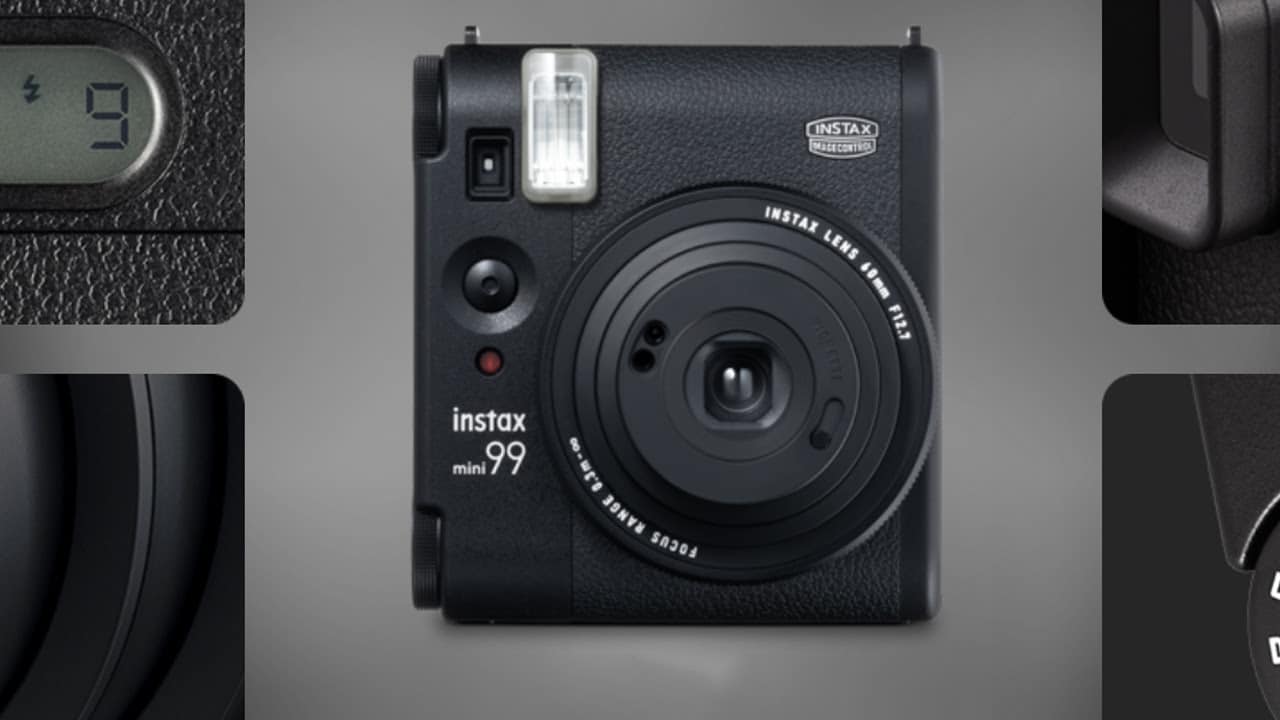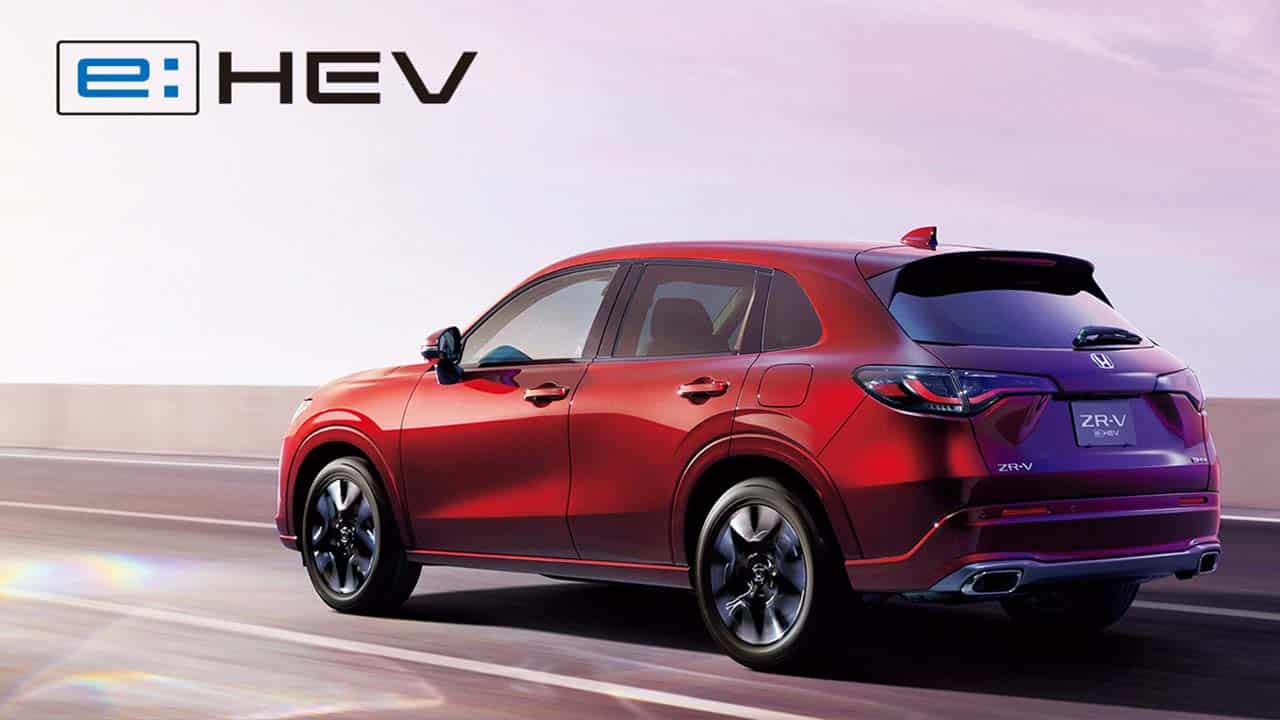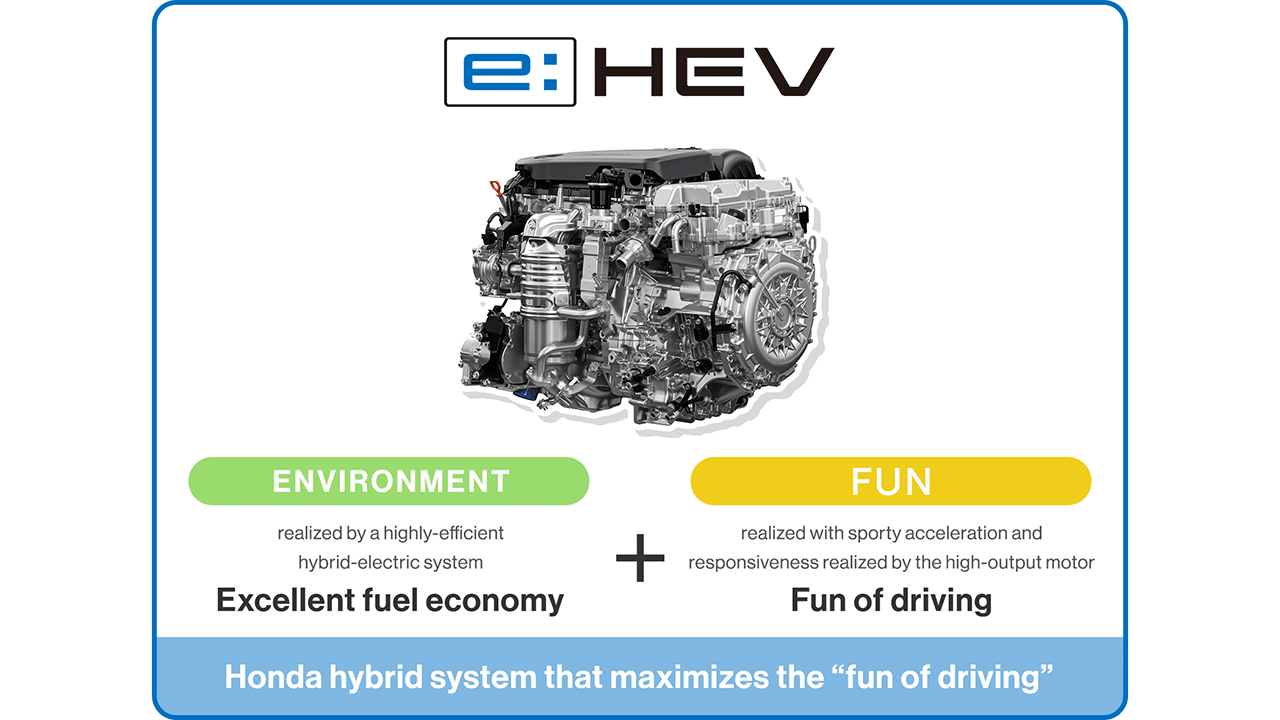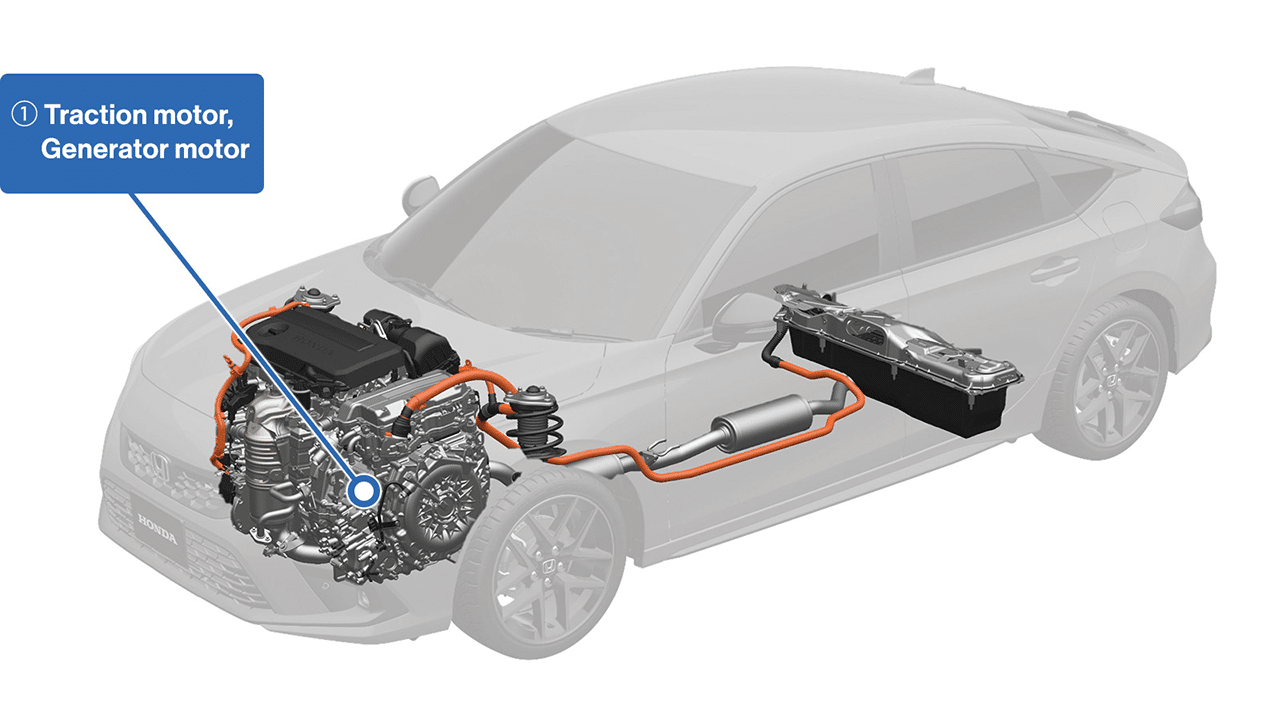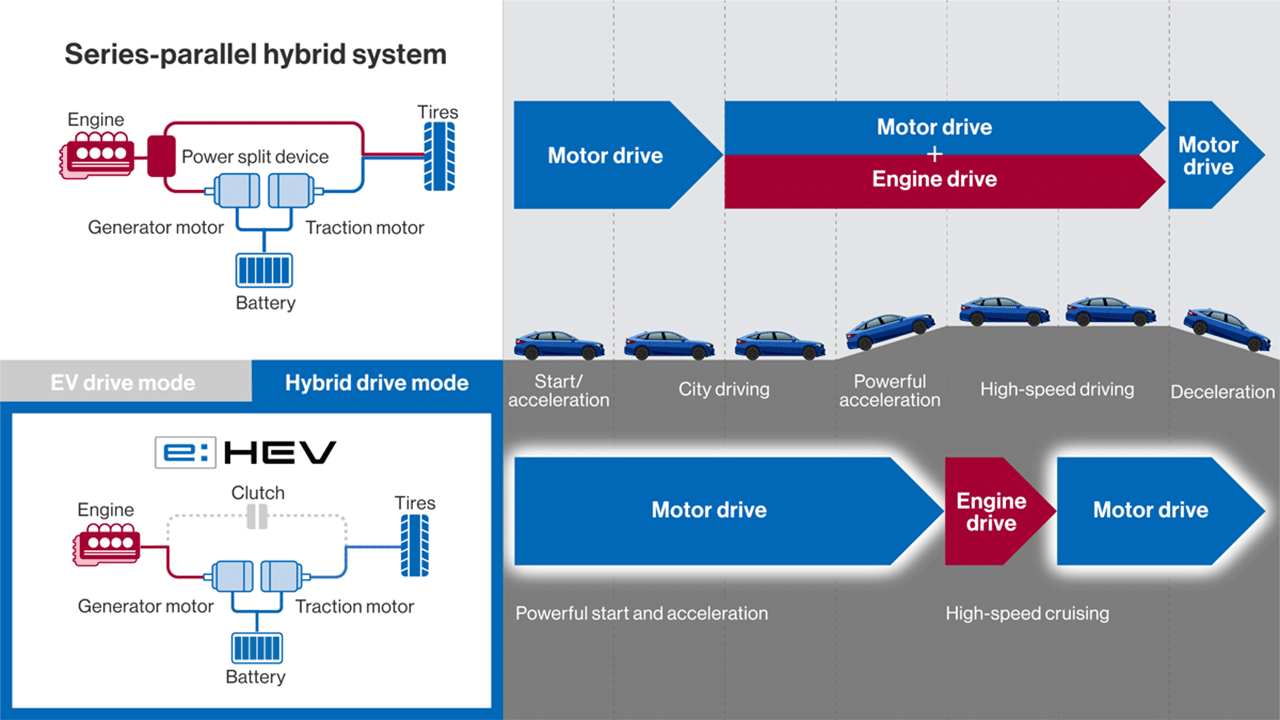When considering an upgrade to a commercial HVAC system, it’s crucial to prioritize cleanliness and air purification. Clean air has become a fundamental environmental concern, and ensuring it is essential for the well-being of anyone entering a facility.
One important aspect to remember is that cleanliness isn’t just about the external appearance.
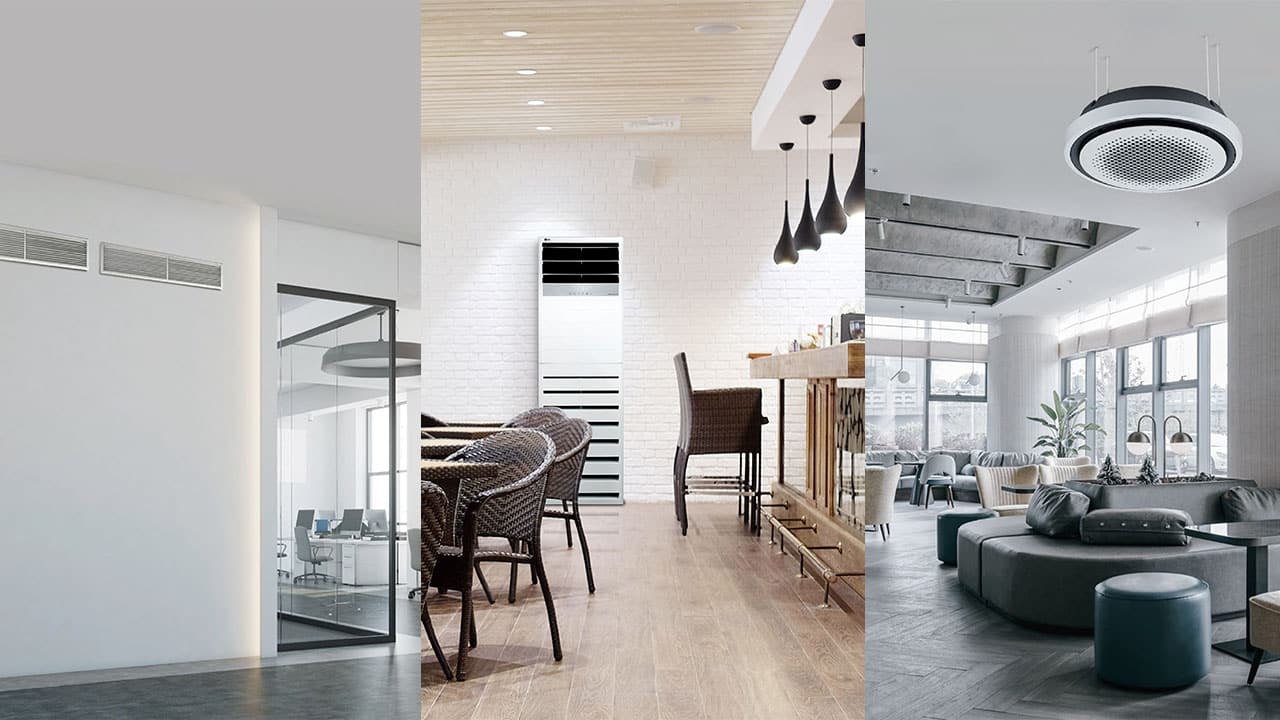
An air-conditioning unit may appear spotless on the outside but can harbor mold and dirt internally. LG recognizes the importance of offering an innovative HVAC solution that prioritizes cleanliness from all angles.
The South Korean technology company has diligently worked to obtain UL ECV (Environmental Claim Validation) based on UL 2282 ECVP for Resistance to Microbial Growth for its indoor units equipped with Safe Plus Insulation.
LG’s Safe Plus Insulation is an antimicrobial treatment applied to internal insulation components, effectively preventing mold growth and promoting cleaner, fresher airflow.
The insulation generates silver ions that inhibit bacterial growth and destroy microbial DNA. This technology is integrated into many of LG’s commercial HVAC solutions, including the 1Way CST, 2Way CST, Single Vane 4Way CST, Dual Vane 4Way CST, Round CST, PAC, High Static CCD, and Low Static CCD units.
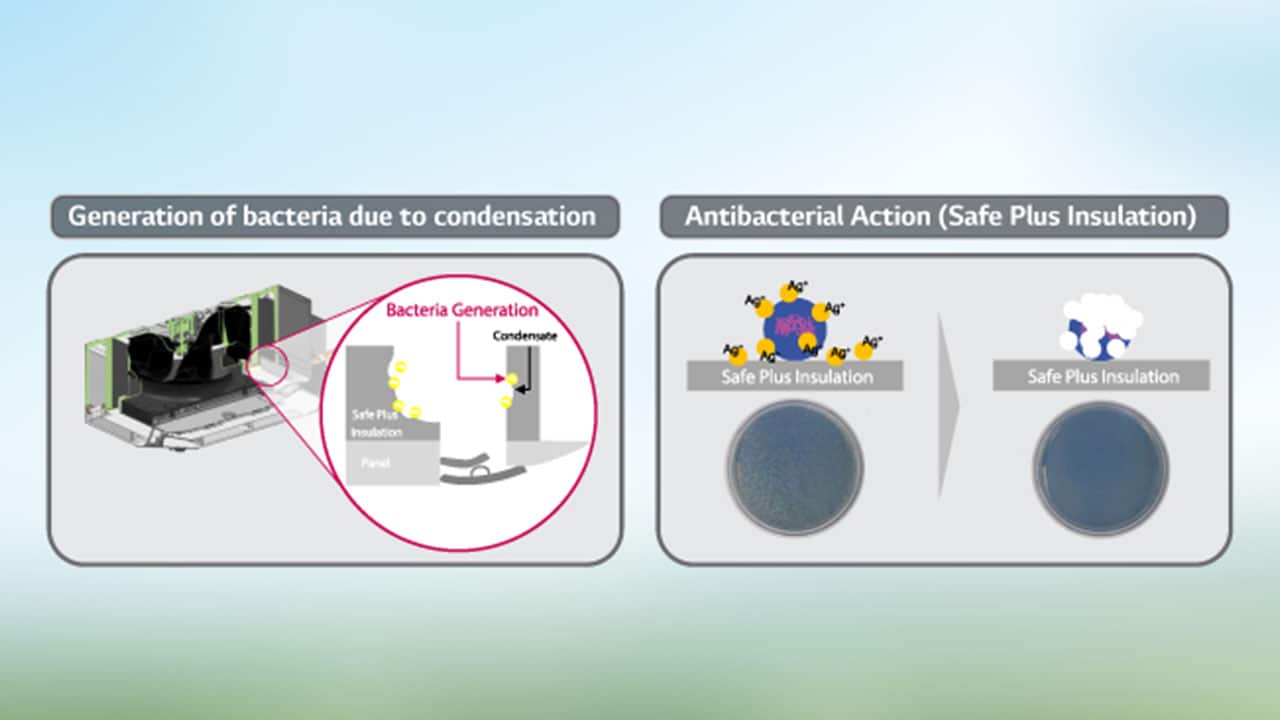
In addition to the benefits of Safe Plus Insulation, LG’s HVAC products offer a robust 5-step air purification system that eliminates odors, germs, and PM 1.0 fine dust. The filter can be easily cleaned with water, ensuring semi-permanent usage.
The pre-filter captures fine dust, while dust electrification enhances the filter’s collecting accuracy. The PM 1.0 filter efficiently removes up to 99% of fine to ultrafine dust. Furthermore, the deodorization filter effectively eliminates unpleasant odors and harmful gases, and the Ionizer plays a crucial role in eliminating bacteria and germs.
To facilitate efficient monitoring and management of air conditioning, LG provides a user-friendly app.
This app allows users to monitor and control air quality throughout the building using the central controller or real-time monitoring of individual units via a remote control, LED panel lamp, or smartphone. Users can also access information on air quality and energy usage, while smart sensors detect occupancy and adjust airflow accordingly, automatically turning off when spaces are unoccupied.



